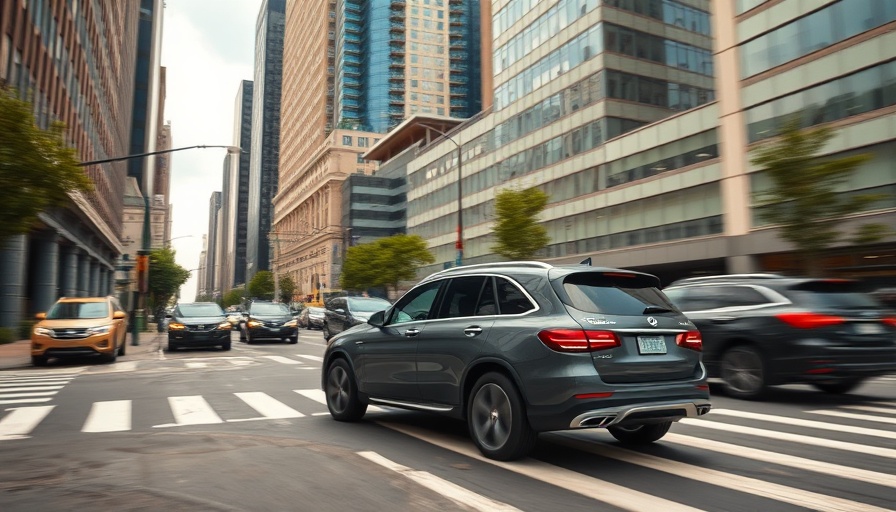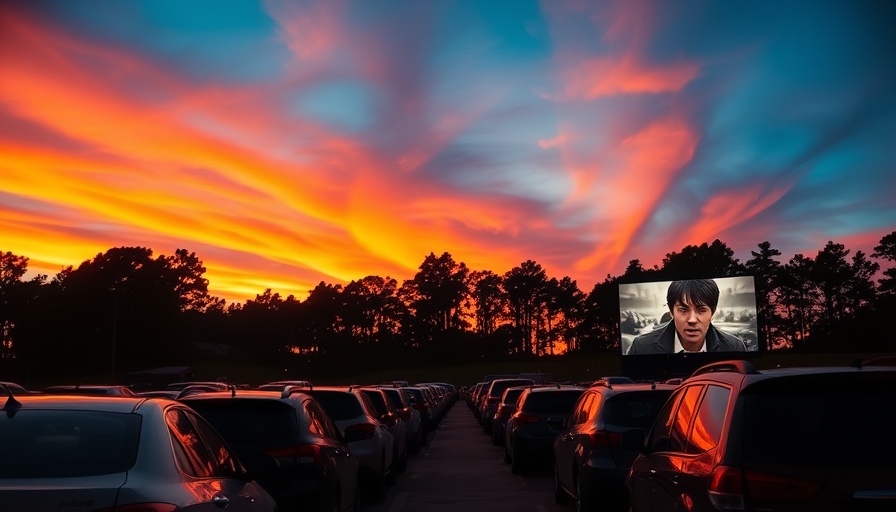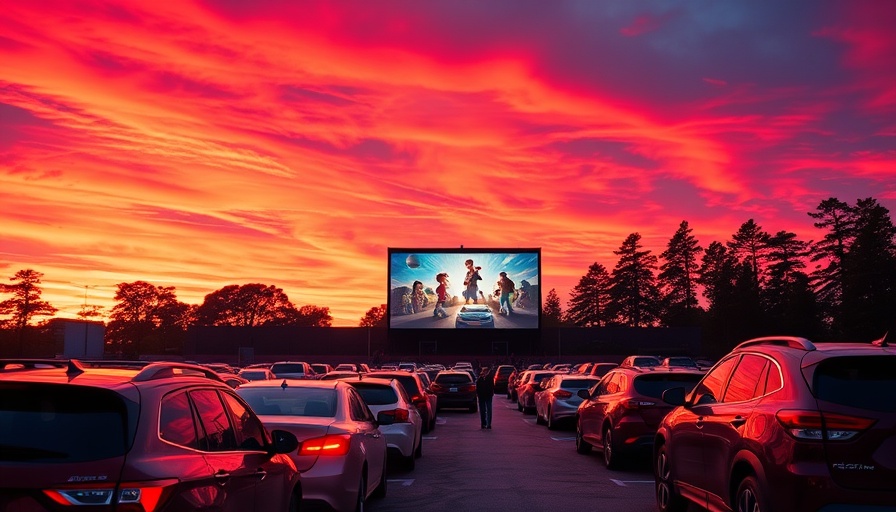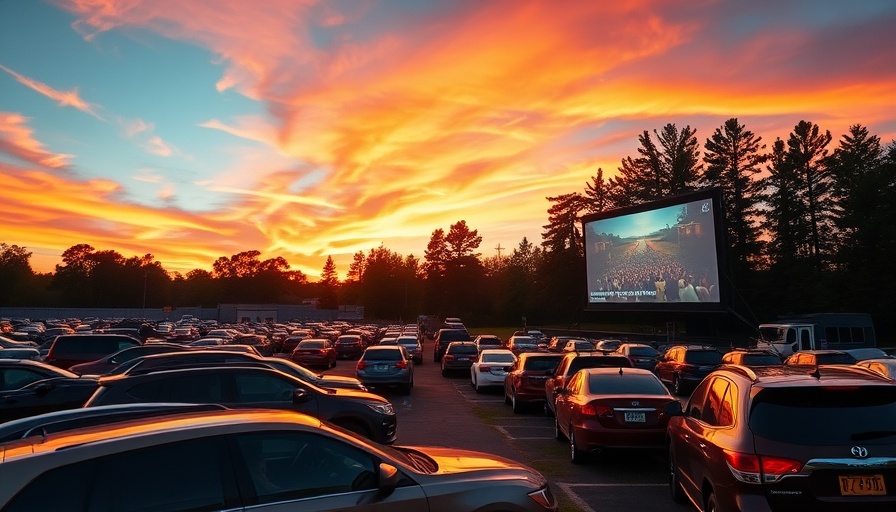
Daylighting Corners: A Path to Safer Streets
In the heart of New York City, the simple act of making parking behind crosswalks illegal could be the key to making streets safer for pedestrians. This practice, known as daylighting, prohibits vehicles from parking within 20 feet of intersections, enhancing visibility and reducing the risk of accidents.
Recent tragic instances, like the death of German tourist Alexandra Sabine Lewalter Maric, spotlight the dangers posed by vehicles blocking views at crosswalks. The driver involved in her accident had a fake license plate and no driver’s license, but there was also the crucial issue of visibility on Fifth Avenue and 40th Street, which is perpetually compromised by parked cars. Advocates argue that without solid enforcement of daylighting regulations, New Yorkers' safety remains at risk.
The Impact of Placard Abuse
The ongoing problem of placard abuse in NYC, where government officials and their families often park in restricted areas, undermines any daylighting efforts. As reported in Streetsblog, placard holders frequently create visibility issues that hinder safety measures. Despite the city's impressive statistics on pedestrian deaths, improving visibility and enforcing parking bans can significantly alter this trend.
Proven Benefits of Daylighting
With Hoboken boasting an accolade of having no traffic deaths in eight years, the evidence supporting daylighting is undeniable. Statistics show that implementing this practice can reduce pedestrian injuries by up to 30%. This success story serves as a model for NYC as officials consider it a viable strategy to save lives.
Grassroots Push for Change
The enthusiasm for universal daylighting in New York City stems from community advocacy. Local politicians and grassroots organizations have pushed for safer practices, culminating in numerous community board resolutions. The demand for safer streets through a combination of daylighting and policy reform is gaining momentum across the city.
Counterarguments: The Challenges Ahead
Opposition to daylighting regulations comes from various factions, citing fears of increased traffic problems as drivers Seek new routes or drive recklessly due to sudden visibility changes. However, the real challenge lies in the city's commitment to enforcing parking laws consistently, especially in neighborhoods where law enforcement is less active. Critics argue that without rigorous enforcement, the benefits of daylighting won’t materialize as intended.
Integrating Safety and Green Infrastructure
Daylighting is more than a safety measure; it opens the door for creating green infrastructure at intersections, such as rain gardens. City proposals suggest that utilizing newly available curb space not only enhances visibility but can also improve stormwater management. This dual benefit aligns with urban needs, addressing both pedestrian safety and environmental sustainability.
Next Steps for NYC
For New York City to pioneer a future of safe streets, it's essential that the next mayor prioritize comprehensive daylighting as a policy initiative. Urban planners and safety advocates agree that local legislation is necessary to fully commit to implementing emergency measures that will protect both pedestrians and cyclists alike.
As lifestyle-conscious adults in the vibrant San Francisco Bay Area, you understand the importance of community engagement. Imagine if we allowed New York City to take that necessary leap toward safety and accountability on our streets! Now is the time for collective action for safer streets.
 Add Row
Add Row  Add
Add 



Write A Comment